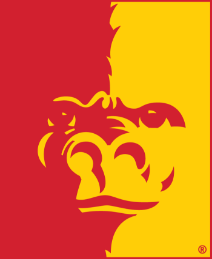Russell S. Russ
1903-1911
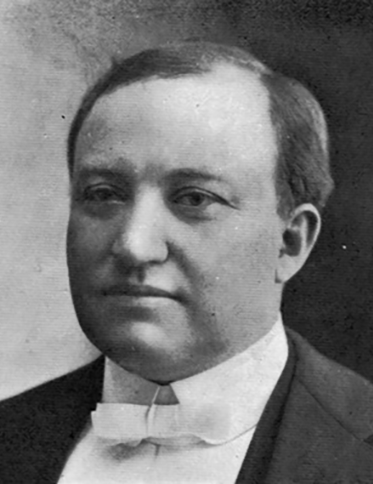
Mr. Russ was hired to be the first administrator of the Kansas State Manual Training School when it opened in September of 1903. He assumed his duties without an inauguration or induction ceremony. The School was established as an auxiliary of the State Normal School in Emporia.
It was during Russ' tenure that the instruction's first building, what would become known as Russ Hall, was constructed. Almost from the founding of the Manual Training Normal, there was tension between the leadership of schools in Emporia and Pittsburg. Once the state-sponsored campus and building became a reality in Pittsburg, Russ openly campaigned to separate his school from the administrative authority of Emporia's school.
In 1911, a separation bill was introduced in the state legislature but it would ultimately would fail, costing Russ his job. One of the last achievements of the Russ administration was to secure an appropriation for erecting a second campus building, now known as Whitesitt Hall. On May 31, 1911, upon his final address to students, Russ announced he announced his departure from the profession of teaching. As he concluded his address, the audience began to sing the school song and the entire student body filed past, each student tossing a single red rose at his feet.
George E. Meyers
1911-1913
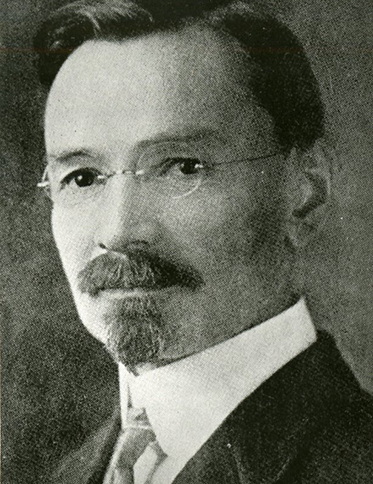
Mr. Myers assumed his duties as the second principal of the State Training Normal on September 1, 1911. The first inaugural ceremony in the history of the young institution was held on November 17, 1911.
Mr. Myers was appointed by the Kansas Board of Regents just eight years after the institution opened its doors. His appointment came after the dismissal of the institution's first leader, Russell S. Russ, who had openly campaigned to separate his school from the administrative authority of the State Normal School in Emporia.
Myers was appointed to carry out the policies of the Board of Regents explicitly and, board members hoped, to quell the turmoil caused by Russ' dismissal. Myers' greatest accomplishment was reorganizing the curriculum into a four-year course. the reorganization meant that every graduate would hold a degree, the same as any other college's graduates.
William A. Brandenburg
1913 - 1940
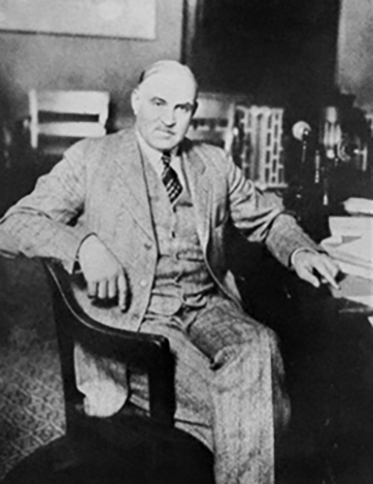
Dr. Brandenburg was selected to be the first president of the State Manual Training Normal on July 15, 1913. His inauguration ceremony was held on March 27, 1914.
Brandenburg set about to transform the institution from a school to a college. In the aftermath of the school's separation from the State Normal School of Emporia, his goals included expanding curriculum, improving the faculty, increasing enrollment, expanding four-year degree programs, and construction additional classroom buildings.
His plans were temporarily modified in June 1914 when most of Russ Hall, one of only two buildings on campus, was destroyed by a tragic fire that claimed the life of one student, Rex Tanner. The fire served as a rallying point for university and community who joined together to raise the funding to rebuild Russ Hall and secure the future of the institution. In 1923, the institution was renamed the Kansas State Teachers College of Pittsburg. Upon his death, the campus had expanded from two buildings to 13, fulfilling his vision of a true college.
Rees H. Hughes
1941 - 1957
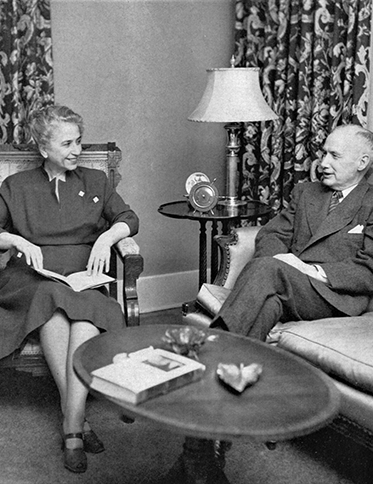
Dr. Hughes was named the second president of Kansas State Teachers College on July 1, 1941. He was formally inducted into office on September 12, 1941, during a brief ceremony that was part of the opening convocation for the fall semester.
Dr. Hughes came to office following the death of longtime president, William Brandenburg. Hughes is best remembered for recruiting numerous highly qualified faculty members to the college over the next 16 years. But he also oversaw the challenging years of World War II, when enrollment dropped, and the great enrollment increases occasioned by the passage of the GI Bill after the war.
Hughes led the college through is second major period of construction during which seven new dormitories were opened along with a new classroom in Russ Hall. He maintained the college's emphasis on teaching until his retirement.
Leonard H. Axe
1957 - 1965
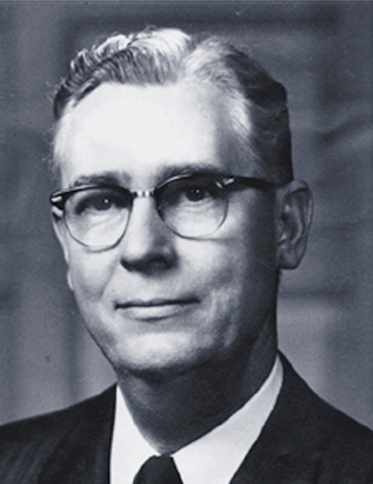
Dr. Axe was named the third president of Kansas State Teachers College on July 1, 1957. His inauguration ceremony was held on September 13, 1957, at the 54th opening day convocation.
President Axe insisted on a focus for the college much different from that promoted by presidents Rees Hughes and William Brandenburg. Axe's academic and professional background in business administration prompted an directed the changed focus.
Heads of academic departments became chairmen and Axe created three new positions: academic dean, dean of administration, and dean of instruction. These changes, along with expanded curriculum, were the final steps in the institution's transformation from teachers' college to Kansas State College of Pittsburg in 1959.
George F. Budd
1965 - 1977
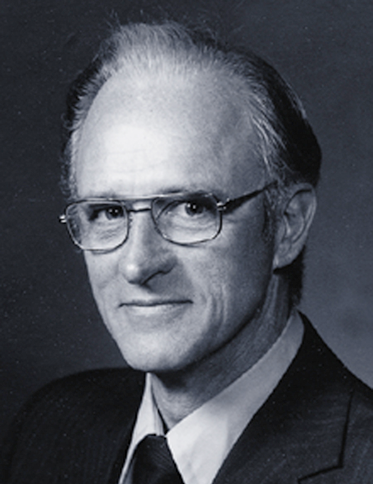
Dr. Budd began his appointment as the fourth president of the Kansas State College on September 1, 1965. His inauguration ceremony served as the college's 62nd annual opening convocation on September 17, 1965.
President Budd came to the college with vast experience in higher education, including 14 years as president of St. Cloud College in Minnesota. He quickly revised the college's administrative structure so it more resembled a university, perhaps anticipating a name change that was still more than a decade away.
It was during his tenure that the three schools of Arts and Sciences, Education and Technology were created, along with twenty-one academic department. In 1975, the creation of a separate School of Business and Economics completed the reorganization.
James B. Appleberry
1977 - 1983

Dr. Appleberry was named the fifth president of Kansas State College on January 18, 1977. His inauguration ceremony was held on April 13, 1977.
It was during President Appleberry's tenure that institution acquired the status of university, official changing its name from Kansas State College of Pittsburg to Pittsburg State University. With its more prominent status came an expanded vision.
A new $3.6 million library opened in August 1979, replacing the out-dated Porter Library which had served campus since 1927. Librarian Gene DeGruson would launch an award-winning, small-press quarterly called the Little Balkans Review and in 1982, PSU graphic designer and illustrator Rod Dutton was commissioned to design the official commemorative medallion for that year's World Fair.
Donald W. Wilson
1983 - 1995
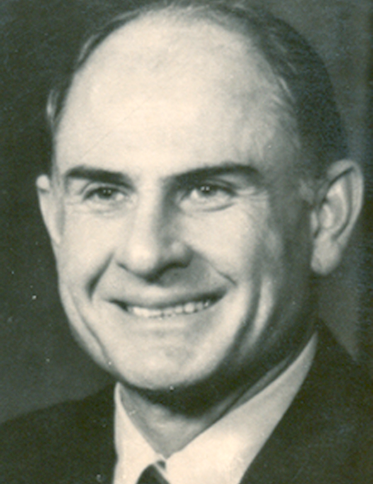
Dr. Wilson was appointed the sixth president of Pittsburg State University on December 1, 1984. His inauguration ceremony was held on March 1, 1985.
The financial difficulties of the early part of the decade did not stop Pittsburg State's progress during President Wilson's tenure.
The university dedicated it's $6 million Heckert-Wells science hall, renamed its student union to honor longtime director, Jack Overman, established KRPS-FM public radio, and launched its first major fund-raising campaign. Gorilla athletics also returned to national prominence during this time period with its football team capturing national championship in 1991.
John R. Darling
1996 - 1999
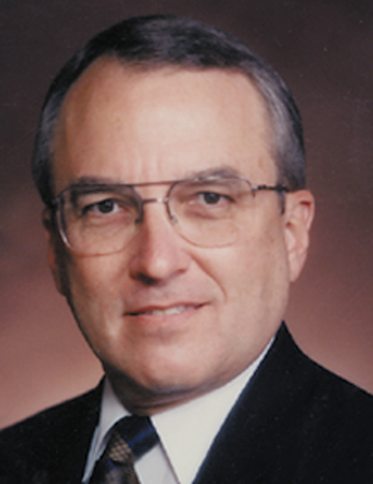
Dr. Darling was appointed as the seventh president of Pittsburg State University on January 1, 1996. His inauguration ceremony was held on March 7, 1996, as part of the traditional Commemoration Day ceremony.
President Darling oversaw the start of the historic renovation of Russ Hall, the addition of a December commencement ceremony, the creation of Gorilla Village, the promotion of educational technology and the development of the Presidential Emerging Leadership program.
Tom W. Bryant
1999 - 2009
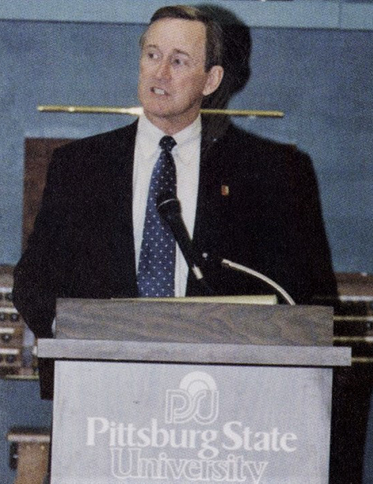
Dr. Bryant was appointed the eighth president of Pittsburg State University on July 1, 1999. His inauguration ceremony was held on November 5, 1999.
Change, advancement, and recognition continued during President Bryant's tenure. The university celebrated its centennial year with the $9 million renovation of Russ Hall just two months after the $5.8 million renovation of Carnie Smith Stadium.
Now recognized as landmarks on the Pittsburg State campus, the Kansas Technology Center, the Veterans' Memorial Amphitheatre, and the Student Recreation Center were all constructed during this 10-year span.
Steven A. Scott
2009 - Present
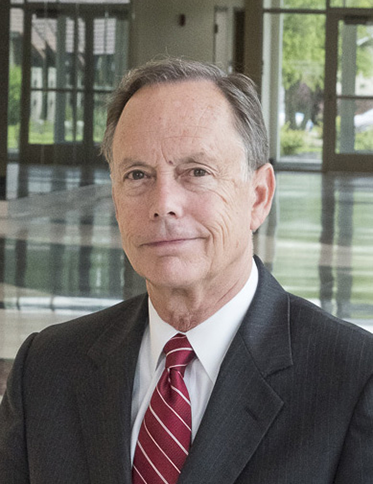
Dr. Scott was appointed the ninth president of Pittsburg State University on July 1, 2009. His inauguration ceremony was held on October 23, 2009.
The university has experienced a great expansion of facilities and influence during President's Scott's tenure with the addition of the Bicknell Family Center for the Arts, the Robert W. Plaster Center, the Overman Student Center Addition and the Block22 Project in downtown Pittsburg.
